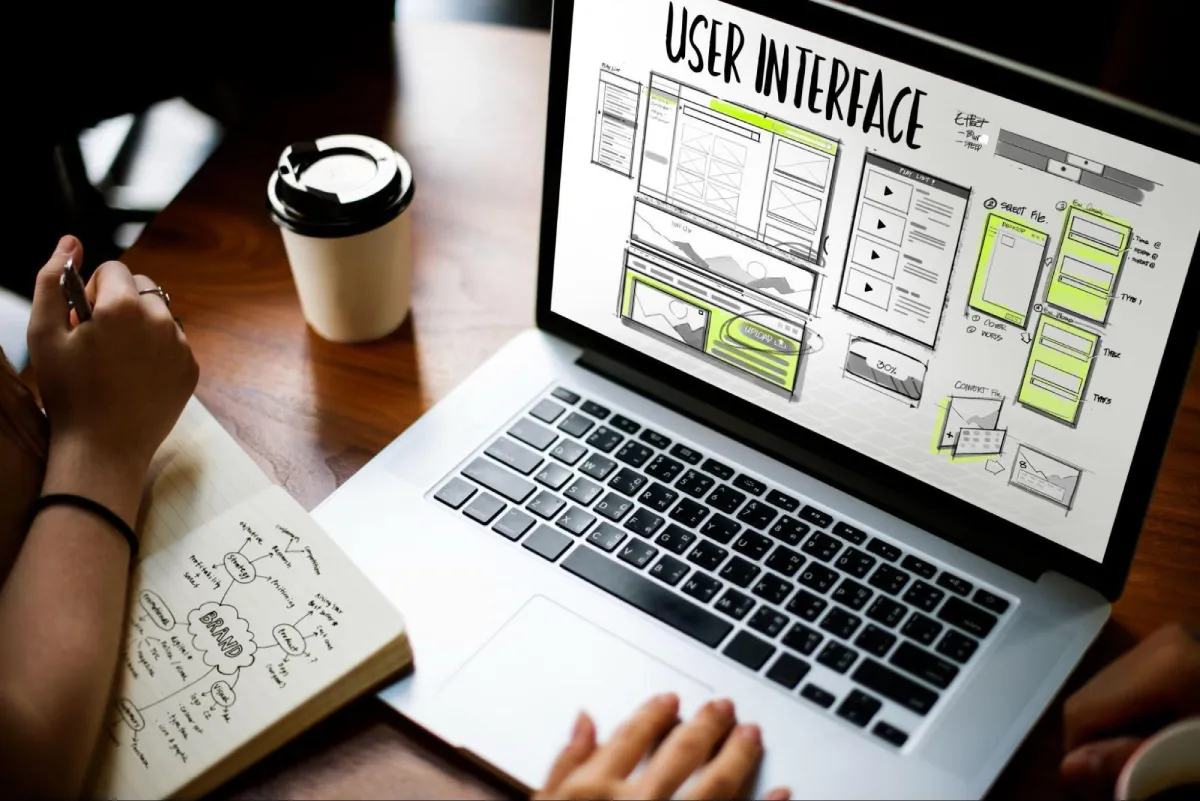Accessibility & Inclusivity In Theme Design: Building Websites That Welcome All
When we talk about great design, most people picture beautiful layouts, smooth animations, and modern typography. But true excellence in design goes deeper, it’s about creating experiences that everyone can use, regardless of their abilities or circumstances.
Just as visitors exploring https://hotsysouthtexas.com/ might look for functionality and easy navigation in a real-world setting, web designers and developers must ensure that digital spaces are equally welcoming and intuitive. Accessibility and inclusivity aren’t optional add-ons; they’re essential pillars of responsible web development.
In today’s digital landscape, building accessible websites is not just about compliance, it’s about connection, empathy, and business growth.
Why Accessibility Matters More Than Ever
According to the World Health Organization, over one billion people, roughly 16% of the world’s population, live with some form of disability. That’s a huge audience that many websites unintentionally exclude.
Accessibility ensures that people with visual, auditory, cognitive, or motor impairments can navigate, interact, and enjoy your content without barriers. Beyond ethics, there’s a strong business case: an accessible website reaches more users, improves SEO, and enhances brand reputation.
When a theme supports accessibility from the start, developers and site owners gain a competitive advantage. Visitors stay longer, bounce rates drop, and conversions improve because the user experience feels seamless for everyone.
Inclusivity Starts With Design Mindset
Inclusivity is not a plugin or a checkbox; it’s a design philosophy. It starts before you ever write a line of code.
Ask:
- Can someone navigate this site using only a keyboard?
- Does every image include descriptive alternative text?
- Are color contrasts strong enough for those with limited vision?
- Does the layout remain clear and functional when resized or zoomed?
By embedding these questions early, you avoid retrofitting accessibility later, a far more expensive and complex task.
Designing with empathy means imagining users of different ages, abilities, and contexts. A senior browsing on a tablet, a student on a slow connection, or a visually impaired user with a screen reader should all have an equally positive experience.
The Role Of Theme Developers
Theme developers play a crucial role in setting accessibility standards. A theme’s structure determines how easy it is to implement inclusive features downstream.
Developers should:
- Use semantic HTML elements that give structure to content.
- Ensure keyboard navigability for menus, sliders, and forms.
- Support ARIA (Accessible Rich Internet Applications) attributes for dynamic content.
- Maintain sufficient color contrast across text and UI components.
- Allow flexibility for font resizing and responsive behavior without breaking design integrity.
When accessibility is “baked in,” users don’t notice the effort, they just enjoy a smooth, intuitive experience.
For more detailed guidance, the W3C Web Accessibility Initiative (WAI) provides extensive standards and tutorials that every theme creator should reference.
Inclusive Design Is Good Business
Accessibility doesn’t just benefit users; it benefits brands.
An accessible website signals professionalism, foresight, and care. It shows that your brand values every visitor, not just the majority. Studies by Forrester Research reveal that accessible designs often lead to faster page load times, better search visibility, and higher customer loyalty.
Moreover, accessibility overlaps with SEO. Features like alt text, structured headings, and clean navigation aren’t just good for screen readers, they’re also loved by search engines.
In this sense, inclusivity is a performance enhancer. It strengthens usability, trust, and discoverability all at once.
Common Accessibility Pitfalls
Even well-intentioned developers make mistakes that unintentionally exclude users. The most common include:
- Low color contrast between text and backgrounds.
- Missing labels on buttons or input fields.
- Inaccessible media players without captions or transcripts.
- Overreliance on mouse interactions, leaving keyboard users behind.
- Unclear focus indicators that confuse navigation.
These issues may seem minor but collectively create frustration for users, and potential legal exposure for site owners under accessibility laws such as the ADA or WCAG compliance standards.
Testing your theme early and often using tools like WAVE or axe DevTools ensures you catch and fix barriers before launch.
Building Themes That Empower Choice
True inclusivity also means offering users control over how they experience content. Options like dark mode, text enlargement, adjustable contrast, and language toggles can transform a site’s usability.
The most successful themes provide these features natively, not as afterthoughts. By empowering users to tailor their experience, developers send a powerful message: we see you, and you belong here.
Even small gestures, like offering clear form instructions, consistent button placement, or readable typography, help users feel confident and capable.
Future-Proofing Design Through Accessibility
As technology evolves, accessibility will only grow in importance. AI, voice interfaces, and mixed-reality experiences all rely on clear, structured, inclusive design foundations.
Developers who embrace accessibility today aren’t just following trends, they’re future-proofing their work. Inclusive themes adapt easily across devices, demographics, and emerging platforms.
In other words, accessibility is innovation’s best friend.
Designing websites that welcome all isn’t just the right thing to do, it’s the smart thing to do. Inclusive design enhances brand loyalty, expands audiences, and aligns with the global shift toward human-centered digital experiences.
Whether you’re coding a new WordPress theme or managing a business website like https://hotsysouthtexas.com/, accessibility should sit at the core of your design philosophy. Because when your website opens its digital doors to everyone, your brand’s potential becomes limitless.


Leave a Reply